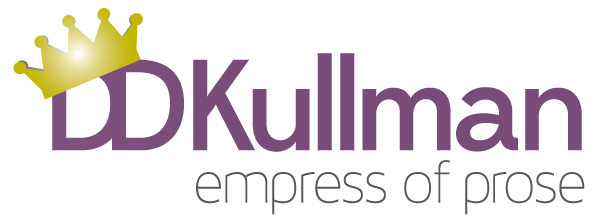A well-written creative brief serves as a roadmap for an advertising campaign or a marketing project. It helps to align everyone’s understanding of the goals, target audience, key messages, and desired outcomes. A well-crafted creative brief can clarify, minimize misunderstandings, and ensure everyone is working towards the same vision. It also helps to maintain consistency and focus throughout the creative development process, ultimately leading to more effective and impactful marketing campaigns.
Here are the questions a creative brief should answer:
What is the problem we’re trying to solve?
Be clear: Sales are down, and you must acquire new customers. Your existing base is declining, so you need to do something to hold onto them. Your control package is working, but it’s time for a challenge. Tell the creative team what you’re trying to fix or make better.
Why are we communicating?
What are the two or three objectives you want the communication to make clear to prospects? For example, to educate, romance, reengage, motivate, etc. Use verbs!
What is the key emotional benefit?
Choose one of the rational benefits from the proof above and ask, “Why is that important to you?” until you uncover the key emotional benefit.
Who are we talking to?
Draw a word picture of the typical user: Be descriptive. Bring the prospect to life. Use demographics (age, sex, income, education) and psychographics (what do they watch, read, listen to, where do they shop, hobbies, etc.)
What is the prospect journey?
What did the prospect see before this ad/video? Where will the prospect go after seeing this ad?
What is the single-minded proposition (SMP)?
What’s the most important thing you want to say about your product or service?
This is the key message statement and what we use to write the headline.
What’s the proof that the SMP is true?
List two or three of the most important benefits and why they’re so important. Here’s your chance to show how your brand or product differs from the competition. This is what we use in body copy.
What’s the background?
What have you done before to communicate to your target audience? How has it worked?
What is the desired tone and mood?
Choose no more than four or five characteristics to arrive at your tone. (Examples: Friendly, serious, humorous, informal, inspirational, etc.)
What is the call-to-action?
What do we want prospects to do? Call? Email? Visit a landing page?
What are the deliverables?
List specific tactics for copy/design/video, plus # of versions, and due dates.
For more on this subject, read Howard Ibach’s book, How to Write an Inspired Creative Brief.

